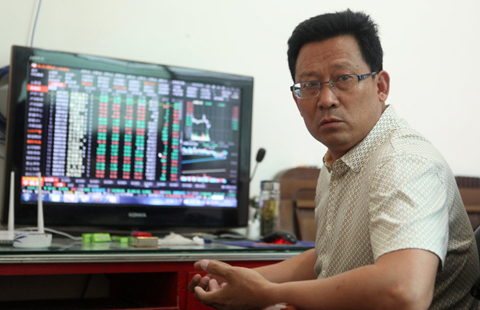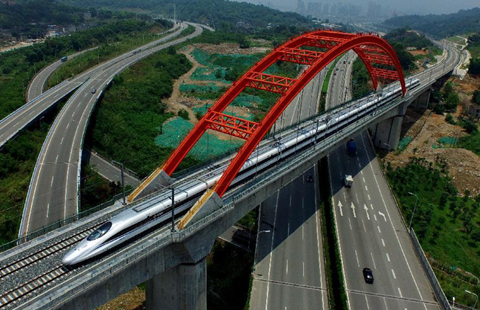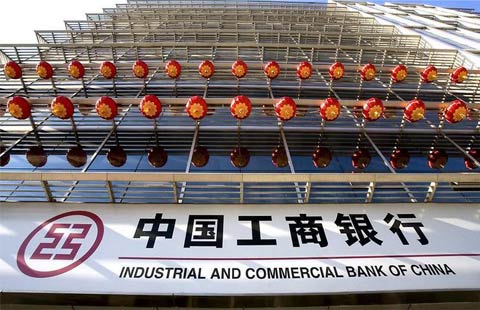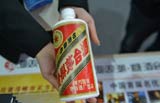Tax pacts to make going global easier
By Zheng Yangpeng (China Daily) Updated: 2015-06-04 07:07The SAT insisted the treaty tax rate should apply from the start. The other country eventually agreed. The settlement saved the equivalent of $20 million for the SOE.
The savings from such agreements can be considerable in light of the cost of having capital tied up under a "pay and refund" system. Drawing on the experience from such cases, the SAT now tries to include clauses in new or updated treaties that clearly exclude the "pay and refund" model.
Tax treaties often include clauses specifying that when a treaty country levies tax on a Chinese company's "permanent establishment" in that country, the scope should be limited to profits attributed to the establishment, instead of all profits.
To take one example, a Chinese company might sign an engineering procurement construction contract with a company in another country to build a power plant and then set up a "permanent establishment" in that country to facilitate the project.
But when tax authorities in the overseas jurisdiction calculate the taxes due, they might not only include the value attributable to the permanent establishment within their borders when it comes to onshore equipment but also offshore equipment that was exclusively finished within China.
"There are increasing tensions on the interpretation and application of tax treaties as well as corresponding MAP cases. The SAT's strengthened role in this area is a positive for companies," a report by Ernst & Young said.
"Compared with big companies, small companies are less familiar with foreign countries' tax policies and the treaties we signed with those countries. At present, more than 90 percent of the companies who seek our assistance with MAPs are large companies," Liao said.
"Our advice is, on the one hand companies should abide by foreign laws when operating abroad. On the other hand, they should familiarize themselves with bilateral tax treaties and use those as a powerful weapon to protect their interests," he said.
- Trans-regional customs co-op promotes Belt and Road Initiative
- Risk awareness vital for success of trade moves, agency says
- Belt and Road Initiative opportunity for China-EU cooperation
- Partnership drives Silk Road strategy
- COFCO commits to Belt and Road Initiative
- UnionPay eyes expansion with trade initiatives
- Markets attracting investors abroad
- Highlights of 10 years at Apple's WWDC
- Interest rate liberalization in last mile
- Air China to launch Beijing-Montreal service
- Alibaba expands its territory in domestic film market
- Didi Kuadi taxi service violates regulations, Beijing authorities say
- Chinese stock market explained in new book
- China services PMI continues to grow in May: HSBC

















